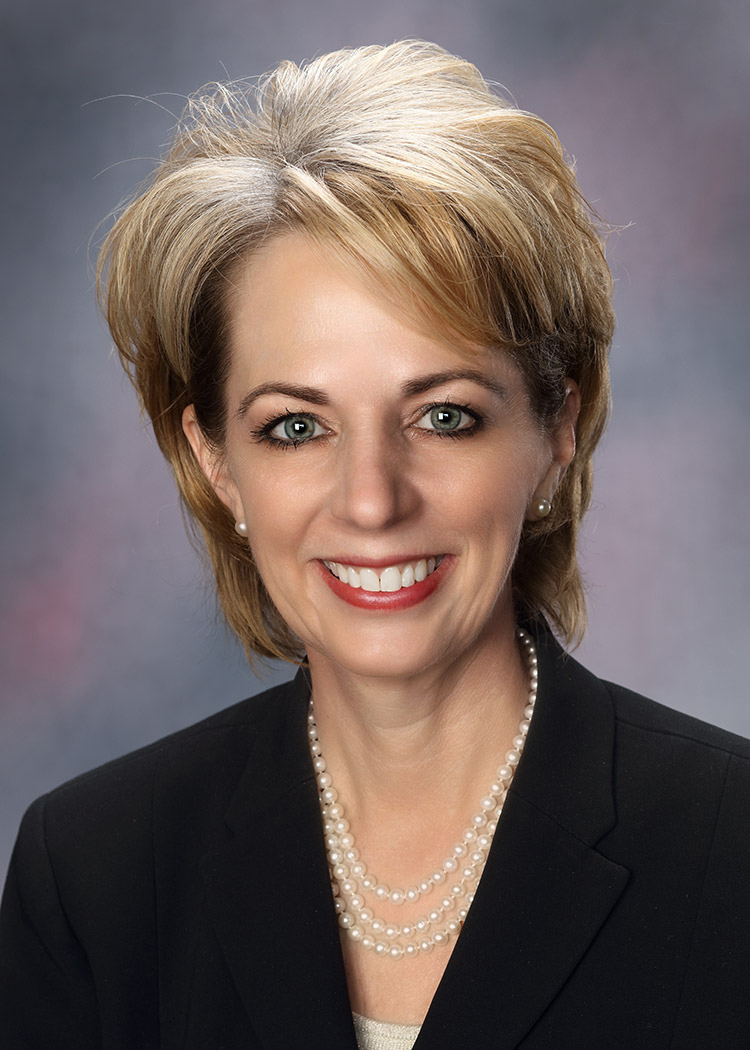Retired U.S. Army General Eric Shinseki said, “If you dislike change, you’re going to dislike irrelevance even more.” One of the many things I have always loved about Fort Hays State University is that our culture of innovation has made us both nimble and accomplished change agents.
Thank you, FHSU colleagues, for always being in motion and embracing change. I value your creativity and dedication. It is because of your efforts that this university remains relevant.
One area that really sets us apart is our Teaching Innovation and Learning Technologies (TILT) colleagues, who provide the FHSU teaching community with a range of programs and services centered around effective teaching and innovative learning practices. The development of this center is central to so many successes today, including our ability to redevelop course materials for the online deployment of classes in China when the coronavirus first began.
When the COVID-19 pandemic began in January, our TILT colleagues were on it, ready to ensure the successful delivery of a high-quality teaching and learning experience to our students at Sias University and Shenyang Normal University. Although we could guarantee our faculty had the tools and technology to deliver the courses, the same could not be said for all the students.
Our TILT colleagues worked relentlessly to ensure that all materials could be deployed through cell phones. The cell phone deployment involved in part redesigning the student interface to access assignments and exams and addressing the challenge of an English vs. Chinese keyboard on a mobile phone. That included creating a student guidebook on how to access mobile app and creating a video tutorial. TILT even created a video tutorial in Mandarin to ensure students’ success. The team’s ingenuity, dedication, and nimbleness were simply extraordinary.
In a highly publicized survey, 75 percent of college students from a number of well-known universities said they were disappointed with the quality of their learning experience after the pandemic forced universities to transition classes to remote learning this past spring. I am happy to report that such was not the case here at FHSU.
A majority of FHSU students who transitioned to remote learning said that the organization of their courses remained consistent after the transition. In fact, over 80 percent of Fort Hays State students, who had been taking their courses in traditional classrooms, reported that their instructors had acknowledged the special circumstances students were facing. Instructors reached out after the transition to make sure the students had all the resources they needed to continue their studies. They also made sure their students understood how to stay connected with their courses and instructors.
These preliminary results came from a survey of over 700 FHSU students conducted by the TILT team in early May. The feedback from students was heartening, but what they reported that they missed most was the sense of connection with one another and their instructors as a community of learners. This certainly isn’t surprising, and it is a sentiment echoed by FHSU faculty.
These connections are part of the learning process, and TILT’s mission is to help faculty promote engaging and productive communities of learners, regardless of what course delivery will ultimately look like this fall.
As we prepare for the coming semester and new modes of learning, TILT has created a new webpage dedicated to providing resources for Fall 2020 course design and delivery, including the newly constituted FHSU Faculty Resource Network. This network comes out of the great work done by the COVID-19 planning group of approximately 20 FHSU faculty.
The TILT team has also been hard at work creating workshops and supporting platforms designed to provide faculty with tools and strategies for engaging students in the learning process.
Not only is TILT expanding the use of technology it has successfully used for a number of years, the team is excited about new discussion tools featuring cutting-edge, innovative technology.
Yellowdig, which been used successfully at FHSU since 2016, is a platform designed to allow strong organic conversations to take place among students involved in a course and also allows participants to add images and videos. PackBack is a promising new tool designed to spark student curiosity and engagement in an online environment, helping students formulate high-quality questions and responses to improve their critical thinking skills. And this semester, TILT is piloting Hypothes.is, a collaborative annotation tool that allows an instructor to embed an article or textbook selection into Blackboard, and students can collaboratively highlight the document.
While these technologies are certainly beneficial in helping to build communities of learners, TILT is also focusing on the basics. This month, two 24-faculty cohorts are participating in a two-week asynchronous workshop called Levelling Up with Blackboard. Preparation is also underway for Fall Professional Development Day in mid-August. This will be our first online version of Professional Development Day and will feature more than 40 sessions led by FHSU faculty and staff. Included will be two sessions from a research group, comprised of TILT members and faculty, who are continuing to analyze the rich stories and feedback provided by students in the May survey.
Our community is clearly driven by what George Kuh calls a spirit of positive restlessness. Never quite satisfied with our performance, Fort Hays State faculty, staff, and students are always searching for new ways to break the status quo and create unlimited and exciting possibilities for tomorrow. This is one of many reasons why we are one of the best educational values in the nation!
Tisa Mason is president of Fort Hays State University.

